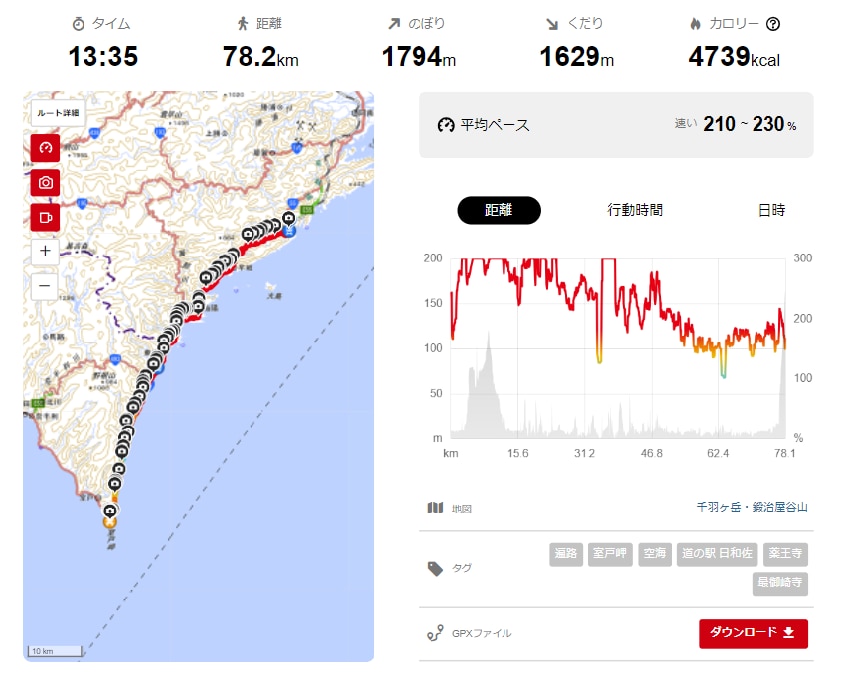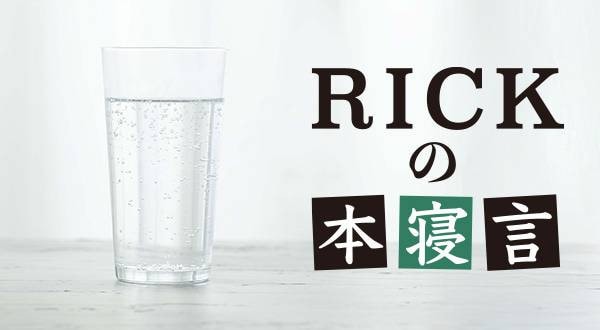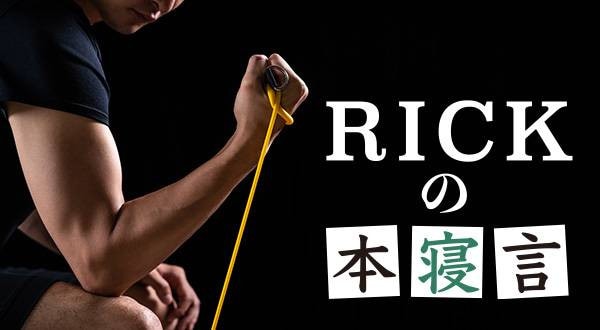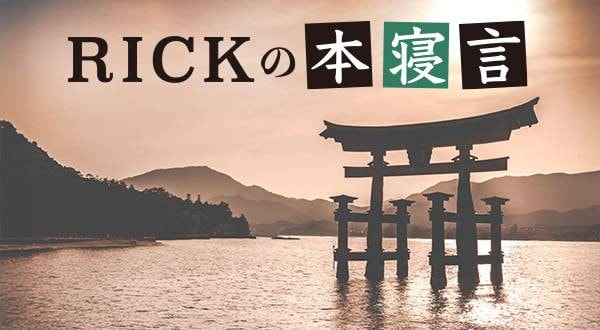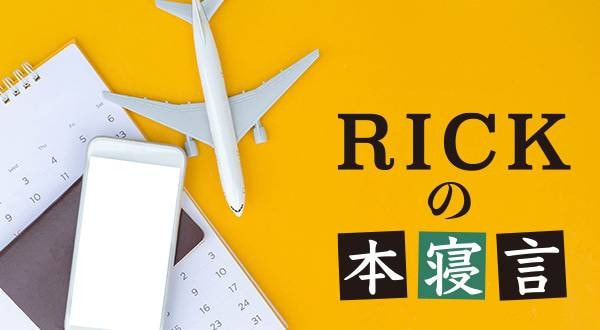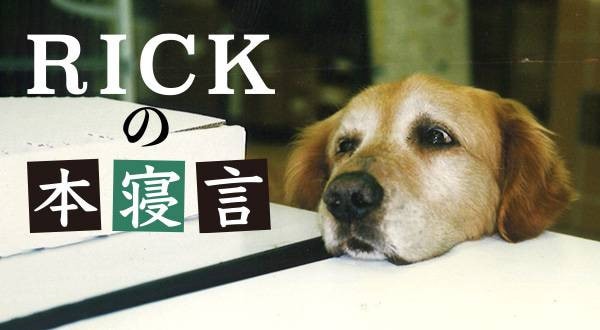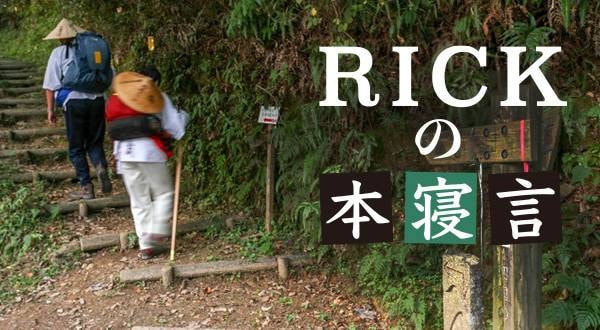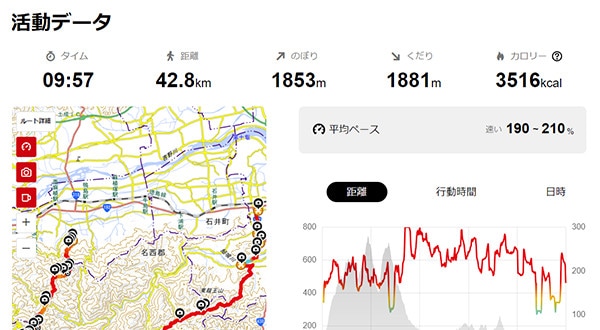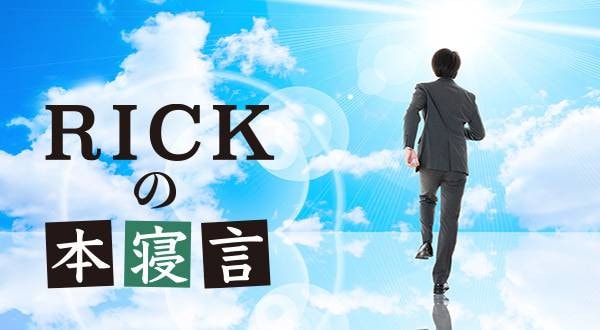Shikoku 88 Temple Pilgrimage symbolizing the long journey of life
This pilgrimage is an endlessly long road. Thinking back on life, the journey of life is indeed a long one. Even if we hope that life’s paradise is somewhere out there, it will never be in sight. How far does this road go? Where can I rest and relax? Where are the obstacles waiting for me? Where does it end? I suspect that many people hit a wall in their lives and sometimes lose sight of the road ahead and become depressed. The 88 temple pilgrimage in Shikoku seems to symbolize the long journey of life. The 78-kilometer pilgrimage from Yakuo-ji, the 23rd temple in Hiwasa, Tokushima Prefecture, to Hotsumisaki-ji, the 24th temple in Murotomisaki, the southernmost tip of Kochi Prefecture, is incredibly long and difficult to complete the journey all at once since there are a variety of challenges that remind one of the turbulent waters of life.
People walk the 88 temple pilgrimage in Shikoku with various thoughts and feelings. Of course, many people today drive by car through the pilgrimage and stop to pray at the shrines called fudasho. That is also a very serious undertaking to complete. However, I feel that if you follow the pilgrimage path on your own two feet, the blessings from enlightenment must be even greater. The reason is because there is communion with the natural world and it’s the same scenery and space that Kukai would have seen. Because time flows so slowly, it is possible to reflect and think carefully about many things. Then sometimes we may receive a message from the heavens like a flash of lightning.
Why did I decide to run the pilgrimage?
A total of five days have already passed since I started on the pilgrimage route from the first temple. On the previous fifth day, I reached Yakuo-ji, the 23rd temple in Hiwasa. From here onward, the next stop to the 24th temple, Hotsumisaki-ji, would be the ultimate long run. Many people will probably stop here because the distance is too long. The distance is nearly 80 km. In Kukai’s time, he probably used a boat to go along the coast to Murotomisaki. It would have taken a whole day to walk this distance. Even though it is an incredibly long pilgrimage, if one has the faith to walk with Kukai, one somehow finds the courage to do so.
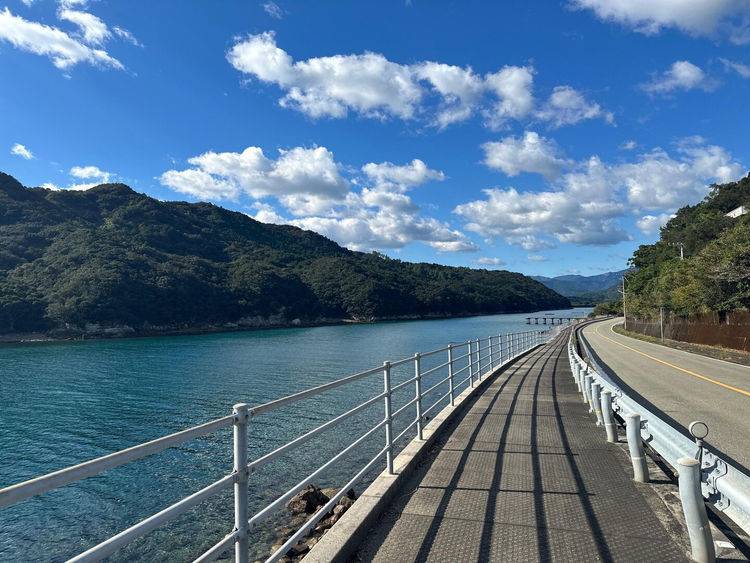
The reason for the 88 temple pilgrimage in Shikoku was of course Kukai. The pilgrimage is not merely a matter of following the route while admiring the surrounding scenery, visiting each sacred site as you reach it, chanting sutras and offering prayers, and then taking comfort in the serenity of the temple grounds. When I immerse myself in purifying thoughts along the pilgrimage route, I sometimes feel as if he is right beside me. Sometimes, I am filled with a mysterious feeling as if I can feel Kukai’s thoughts. It never seems to be a delusion or just my imagination. When the soul and nature come into contact, and when we walk along the pilgrimage route where we can feel Kukai’s thoughts, we may be filled with mysterious thoughts. That is the real thrill of walking the pilgrimage route. I am determined to continue following the pilgrimage just so I can get closer to feeling how Kukai felt on this journey.
Did I paint myself into a corner?
Unfortunately, it is not easy to follow the pilgrimage route on one’s own feet. There are some pilgrimage routes that are considered to be too difficult to continue between the fudasho, and I imagine that many were so perilous that many people lost their lives during the journey in the past. In terms of distance, the pilgrimage from Yakuo-ji to Hotsumisaki-ji in Murotomisaki is a particularly long one: 78 km. It is a distance approaching that of a 100-km ultra-marathon. Having decided to follow the pilgrimage route during the day, I had no choice but to run. I couldn’t back out now.
Someone asked me, “What drives you to push yourself so hard?” I sometimes even have to ask myself, “Are you really going to do this?” “This is so hard!” Nevertheless, once I had made up my mind, I was determined to complete the 88 temple pilgrimage in Shikoku, visiting each of the 88 temples on my own feet, even at the risk of my body breaking down. Why am I doing this to myself? It’s because this would be the last chance to force myself to face this kind of challenge. I am getting older and parts of my body are breaking down a little more everyday. So it is now or never. Of course, there are many things I don’t know if I can do, but unless I try, I will never know the outcome. Life is like that. With this in mind, I decided to complete the 78 km run.
A moment of anxiety and fear
The time had come. The ultimate challenge to complete the 78-km pilgrimage from Yakuo-ji to Murotomisaki during the day. Being November, there are only a little over 10 hours from sunrise to sunset. This meant that I would have to keep running at a speed of 8 km per hour or the sun would set before I got to my destination. This was a very, very bad situation. But, having made up my mind, I had no choice but to do it! In reality, however, I have never run such a distance before, and 78 km is almost the same distance as running a grueling full marathon twice. Frankly speaking, it was a completely new world for me, and I was getting scared just thinking about it.
There is a big difference between now and 20 years ago when I was running and training hard to complete a full marathon. I know my body better than anyone else, but of course, now it is getting worn out. During the half-marathon that I ran the year before last, I had my first bitter experience when my anterior tibialis muscle below the knee stiffened after 10 km, and I had to stretch it during the marathon before I could finish it. It was a painful experience that made me realize that my body was getting old. Since then, I have experienced severe pain in my quadriceps and adductor muscles every time I run, even for distances I had previously considered to be a mere 10 km, and there were times when my calves and knees have also been in danger. These days, even running a half-marathon of more than 20 km brings a threat of injury, and requires a great deal of preparation.
Nevertheless, the fact that I was able to complete the long 50 km pilgrimage from Tatsue-ji in Tokushima to Yakuo-ji one month ago in the pilgrimage challenge gave me great confidence. The 50 km pilgrimage route has a 2,000 m difference in elevation and is longer than a full marathon which is 42 km. Although I suffered through the last 20 km, I was able to keep running despite the pain and made it to Yakuo-ji without issues. The experience was so successful that it gave me a ray of hope. Therefore, even though the distance was nearly 80 km, adding 30 km to that distance, I was still hopeful that I could make it. Finally, I decided to boldly challenge the straight line from Yakuo-ji to Murotomisaki, which is said to be the most difficult part of the pilgrimage. I was still very anxious. Not only was I afraid of getting hurt along the way, but I was also afraid that I would have to stop due to the high possibility of dehydration and old injuries. But I had no choice but to try!
Facing 78 km of the unknown!
On Sunday, November 12, the day before the pilgrimage, I decided to stay at the Business Hotel Cairns in front of Hiwasa Station and start the day at dawn. I carried five nutritional drinks, two bottles of water, an onigiri, and a natto maki in my small backpack. This was all I had, but assuming that there would probably be a convenience store on the way, I decided to go with as little belongings as possible. At 6:15 in the morning, I set off.
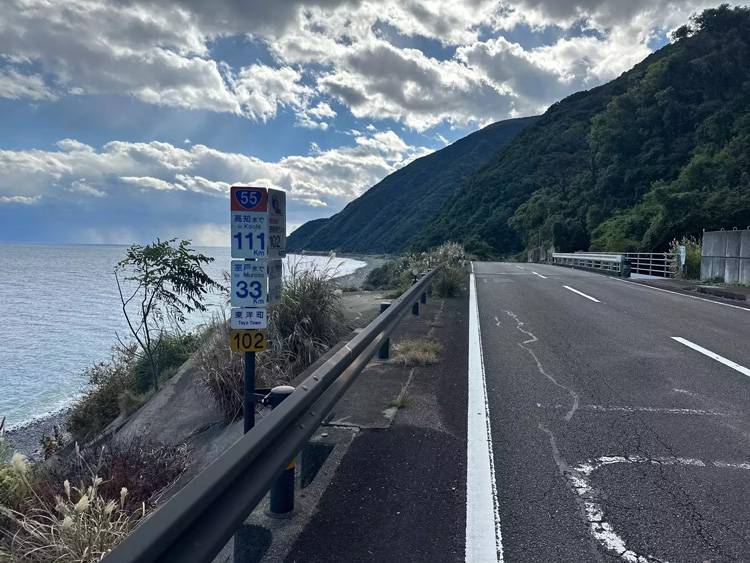
I departed from Yakuo-ji in Hiwasa, and started running along Route 55 toward Murotomisaki. Of course, setting a good pace is important, so I took it easy and started slowly. Morning running was comfortable. If I can run 78 km all the way to Murotomisaki at that pace, my dream will become a reality! On the way to the pilgrimage, my beloved Takegashima came into view. I ran excitedly with my heart pounding and full of anticipation. I was trying to be careful not to injure my leg muscles, but I was pretty anxious while I was running. And then, that anxiety ended up becoming a reality.
After 50 km on a road that was still an unknown world to me, I began to feel my body’s condition decline. A road sign told me that I still had 30 km to go to Murotomisaki. My heart started to break at this moment. My knees and calves, which I had been worried about, were holding up well, thanks in part to my muscle training. However, pain began to creep into the base of my thigh muscles where there was an old injury, and it started to stiffen up. Simply put, it hurt. However, not only did it hurt, but when the pain exceeded my limit, my legs would freeze up and stop even when I tried to run with the pain in check, which was probably a physiological response. In this case, once I squatted down and stretched my legs and hips to loosen my muscles, I was able to run lightly again. It was like taking a pit stop in a car race. In fact, I had to stop every few hundred meters to stretch and repeat the process all over again. This was really hard because each time I would run with the pain searing until I could no longer move my legs. I would stop to stretch and relax my muscles again. It was hard to hold back the dreaded thought of how much longer I had to endure this torture to myself. Still, I couldn’t stop because I had to head for the finish line.
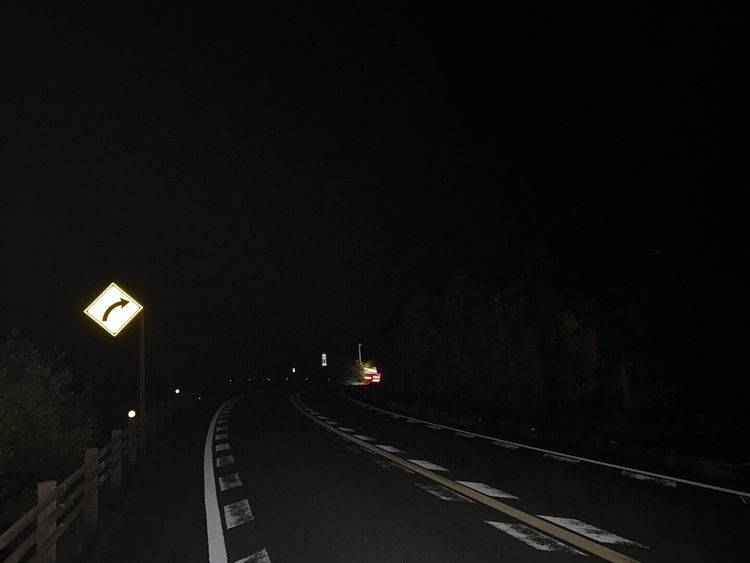
By this time, I must have been running for 11 hours. It is strange for me to say, but I can only describe it as a tremendous spirit of challenge. Yet, I was two hours behind schedule, and by the time I had entered Muroto City, it was already dark. The road to Murotomisaki was unexpectedly dark in places. There were no streetlights, so as long as no cars came and went, I was running alongside the road, unable to see anything. I encountered unexpected danger. I could not complain now that the town is a UNESCO World Geopark and should at least have streetlights. It took courage to keep running, believing that somehow there would be a road there. Somehow, these obstacles did not discourage me because the goal was now just around the corner.
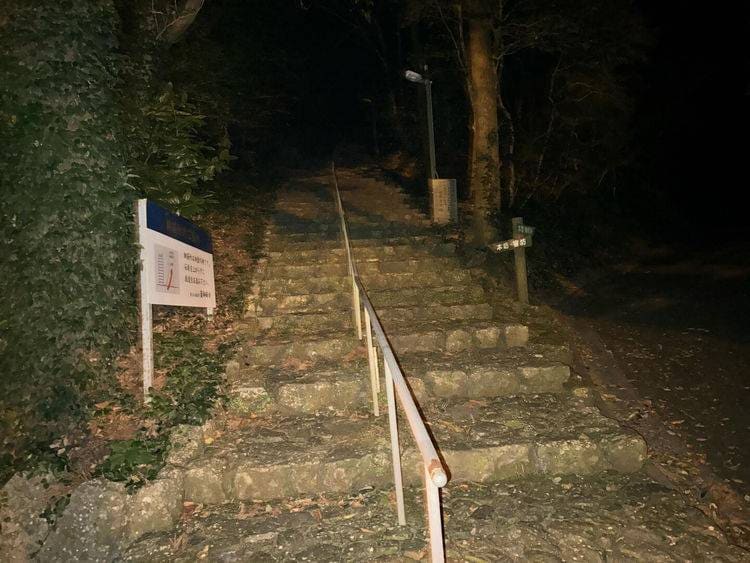
Finally, I reached the southernmost point of Murotomisaki, and from there, after heading north a bit, I came to an intersection that would take me to my goal, Hotsumisaki-ji. Little did I know, however, that the final obstacle awaited me. The road up to the temple was 600 meters long and unexpectedly steep. Moreover, there were no streetlights, as usual, and it was pitch dark. The only light I could see was from the lights of the town in the distance as I climbed the slope. I had already been running for more than 13 hours, so I was left with an insurmountable hurdle. Even so, the finish line was right in front of me! With this thought in mind, my legs started moving with vigor!
When I reached my goal, Hotsumisaki-ji, it was pitch black. I turned on the flashlight on my cell phone and climbed the stairs to the temple grounds and walked along the footpath to the main hall. I surpassed this challenge! Goal was now achieved! I was grateful to have survived! The pain was more intense than I had ever imagined, but it was nothing compared to the relief I felt when it was all over. There I was, breathing a sigh of relief, enjoying the summit of Murotomisaki all to myself. To my surprise, the next day my legs did not hurt at all. However, I had lost more than 2 kg of weight, and my body was very tired and in need of rest. Recovery would take several days. Still, just looking back at the dozens of photos I took along the way and reflecting on the wonderful scenery along the coast toward Murotomisaki, I was comforted by its beauty. Memories of suffering fade away. Even so, perhaps the beauty of the pilgrimage was a reward in and of itself.
